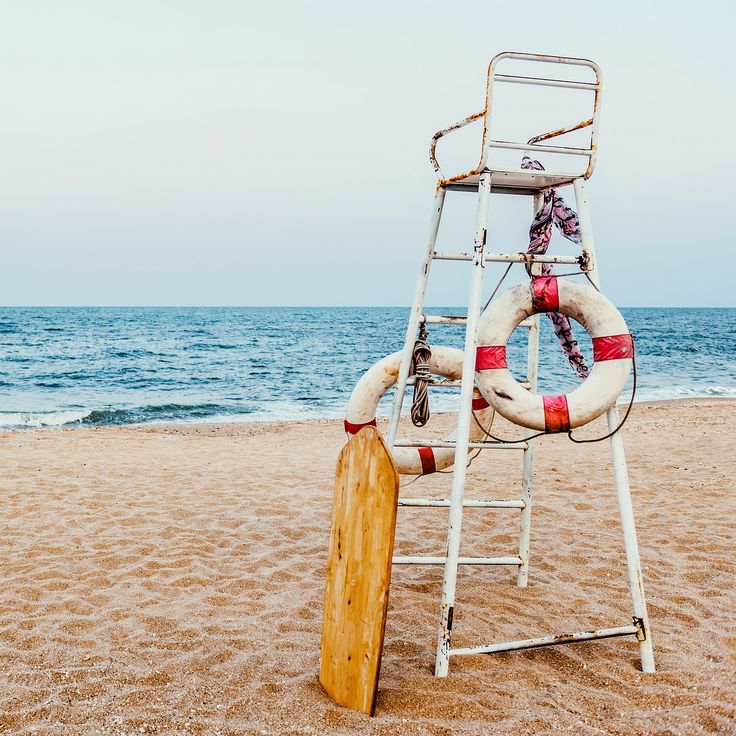Becoming a lifeguard is an exciting and rewarding journey. It’s not just about spending time by the pool or beach; it’s about ensuring the safety of others life guard. If you’re a new recruit, here are ten essential tips to help you succeed in your lifeguard training and make a positive impact.

1. Understand the Responsibilities
Before diving into training, take the time to fully understand your responsibilities as a lifeguard. You’ll be tasked with monitoring swimmers, enforcing safety rules, and performing rescues. Familiarize yourself with the protocols and expectations to set a strong foundation.
2. Master Swimming Techniques
As a lifeguard, your swimming skills must be top-notch. Focus on perfecting your strokes, endurance, and speed. Regularly practice swimming laps and participating in drills to build confidence in the water. Remember, a strong swimmer is a safer lifeguard.
3. Learn First Aid and CPR
Lifeguards must be prepared for emergencies. Make sure you are well-versed in first aid and CPR techniques. These skills can save lives, so practice them regularly. Many training programs offer workshops; take advantage of these to enhance your knowledge.
4. Stay Physically Fit
Being a lifeguard requires physical strength and stamina. Incorporate regular exercise into your routine, focusing on cardiovascular training, strength building, and flexibility. A fit lifeguard can respond quickly and efficiently in emergencies.
5. Enhance Your Observation Skills
Being vigilant is one of the most critical skills for a lifeguard. Practice scanning the area consistently and effectively. Try to notice subtle changes in the water or swimmers’ behavior. The more observant you are, the better you can prevent accidents.
6. Communicate Clearly
Effective communication is vital when working with fellow lifeguards and the public. Practice clear and assertive communication. Use hand signals or whistles when necessary, and always provide clear instructions to swimmers in distress.
7. Learn Rescue Techniques
Familiarize yourself with different rescue techniques, from reaching assists to in-water rescues. Practice these maneuvers in training sessions to become comfortable executing them in real-life situations. Remember, practice makes perfect!
8. Stay Updated on Safety Protocols
Safety protocols may vary by location, so be sure to understand and stay updated on the specific rules and regulations of your facility. Attend all training sessions and participate in any additional workshops offered to keep your knowledge fresh.
9. Build Teamwork Skills
Lifeguarding is often a team effort. Work on building strong relationships with your fellow lifeguards. Practice teamwork during drills and ensure you can rely on one another during emergencies. A united team can make all the difference in a crisis.
10. Maintain a Positive Attitude
Finally, maintain a positive attitude throughout your training and while on the job. Lifeguarding can be stressful, but a good attitude helps foster a supportive environment. Remember, you’re there to help others enjoy their time safely.
